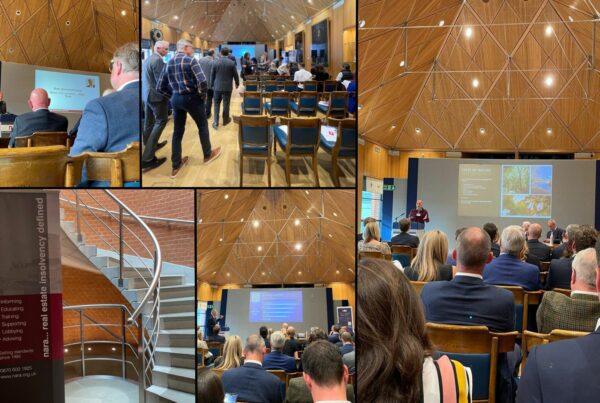According to a new report from Red Flag Alert, a “perfect storm” of factors could lead to more than 6,000 company insolvencies in the UK construction sector during 2023.
When a developer or construction company goes into administration or receivership, there is a staggering amount of paperwork, from planning permissions and building regulations all the way through to the potential replacement of new home warranties.
While most parties in the process are aware of the benefits of the right policy being in place, securing a replacement building warranty can be a time-consuming and expensive process for the appointed administrators, LPA receivers & lenders. Senior advisor Matthew Blackhall explains, ‘We have seen an uptick in enquiries from LPA receivers and lenders dealing with distressed sites, and while many are aware of the benefits of securing the right policy, there is a clear bereft of time to be able to do so – at J3, we are normally able to manage the entire process with just one form’. Matt further adds, ‘I am regularly on calls with LPA receivers and lenders caught in this situation, and in every case, we can source and place a replacement warranty that’s best suited to each scheme within the stipulated time period.’
When a lender takes possession of the development or appoints an LPA receiver, below are some of the factors impacting the cost of structural warranties:
- The big considerations: Policy beneficiaries and the liability period
As a starting point, the developer/land owner should always be listed as the beneficiary of the policy. Should the developer become insolvent, the lender or next developer, will need to secure a new warranty.
In a hardening construction market, main contractors are often one of the first to feel the pinch, so if the unfortunate event the contractor on a scheme becomes insolvent, it can be possible to replace that contractor noted on the policy with the new one – Assuming the replacement is of similar demonstrable experience, with a healthier financial footprint.
If the contractor becomes insolvent, the developer would need to notify the insurer and appoint a new main contractor. The insurer’s largest concern is always, ‘ Who is taking on the liability period for the work carried out and for the remaining work?’ . The challenging part is finding a main contractor who is happy to sign up to work carried out by a contractor who is no longer around – Many developers are adopting the strategy whereby they take on the defects period from a policy perspective and then redirect that responsibility to their main contractor via their JCT agreement. The more traditional route, which is still commonplace, is that the main contractor takes on the liability period via a builder counter indemnity agreement which sits alongside the policy.
- The stage of the development
When the development is part-complete or complete, the higher the perceived risk for the insurer, and as a result, the higher the cost of the warranty will be. Use our calculator to get an indication of your building warranty cost.
- Quality of work, insurer appetite and perception
From an insurer’s perspective, if they haven’t monitored the site from the outset, their immediate concerns will centre around the potential for pre-existing defects. This may result in the insurer excluding certain items from cover and will almost always result in an increase in premium cost.
While there may be 16 insurers in the warranty market, providers with A-rated capacity, with full access to the lending market with an appetite to cover distressed assets are harder to come by – Which is why knowing where to go, who and how to speak underwriters when presenting such enquiries is a vital piece of the jigsaw for those that find themselves in such a position.
Replacement Building Warranties for Distressed Schemes
The team at J3 have advised a number of LPA receivers on sites across the UK on the best risk mitigation strategy and most suitable warranty for distressed, part-complete, and completed assets. For more information regarding this article, you can call Matt Blackhall on 020 3096 0718 or email [email protected] .





